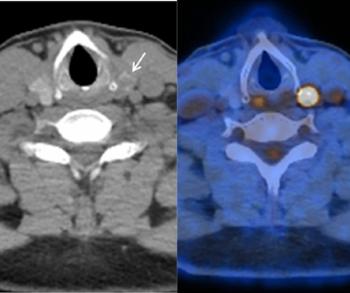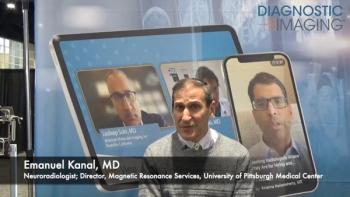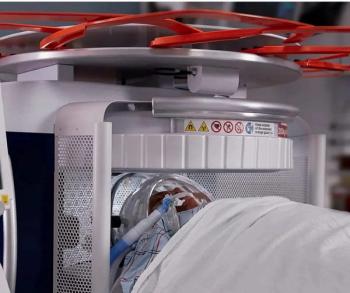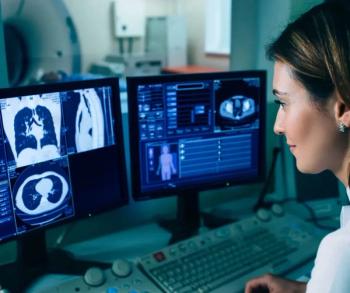
Machine Outperforms Radiologists for Staging Liver Fibrosis Using CT
Etiology of liver disease and CT technique did not affect staging accuracy.
A deep learning system can accurately stage liver fibrosis using CT images, according to a study published in the journal
Researchers from Korea sought to develop and validate a deep learning system (DLS) for staging liver fibrosis by using CT images in the liver.
The researchers created the DLS for CT-based staging of liver fibrosis using a development data set that included portal venous phase CT images in 7,461 patients with pathologically confirmed liver fibrosis. The diagnostic performance of the DLS was evaluated in separate test data sets for 891 patients. They evaluated the influence of patient characteristics and CT techniques on the staging accuracy of the DLS.
A subset of 421 patients were evaluated for the diagnostic performance of the DLS compared with that of the radiologist’s assessment, aminotransferase-to-platelet ratio index (APRI), and fibrosis-4 index by using the area under the receiver operating characteristic curve (AUROC) and Obuchowski index.
The results showed that the DLS had a staging accuracy of 79.4 percent (707 of 891). The AUROC was:
• 0.96 for diagnosing significant fibrosis (F2–4)
• 0.97 for diagnosing advanced fibrosis (F3–4)
• 0.95 for diagnosing cirrhosis (F4)
At multivariable analysis, only pathologic fibrosis stage significantly affected the staging accuracy of the DLS, whereas etiology of liver disease and CT technique did not. The DLS (Obuchowski index, 0.94) outperformed the radiologist’s interpretation, APRI, and fibrosis-4 index (Obuchowski index range, 0.71–0.81; P Ë .001) for staging liver fibrosis.
The researchers concluded that the deep learning system allows for accurate staging of liver fibrosis by using CT images.
Newsletter
Stay at the forefront of radiology with the Diagnostic Imaging newsletter, delivering the latest news, clinical insights, and imaging advancements for today’s radiologists.




























